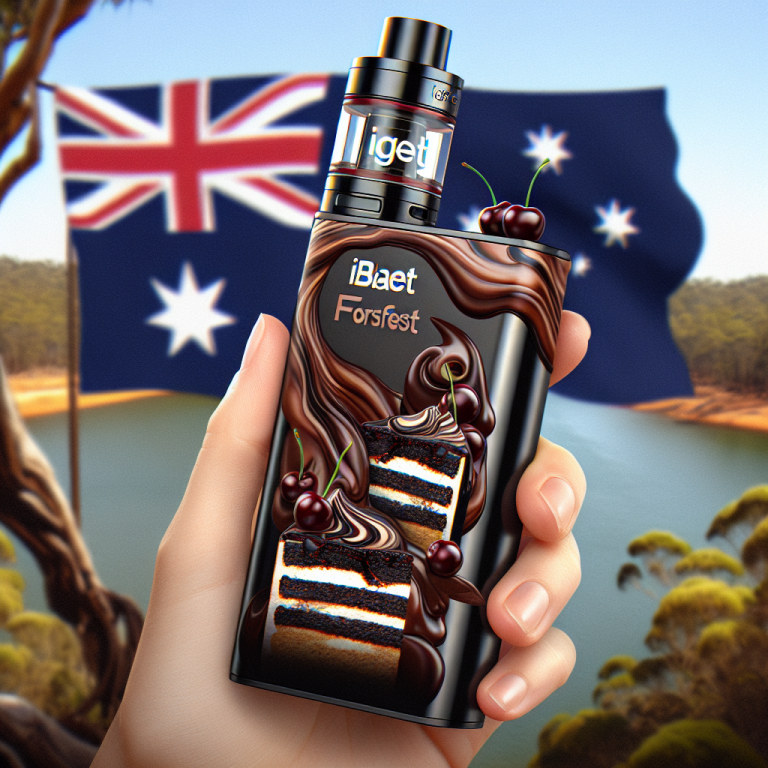
Big Vapes E-Cigarettes: A Deep Dive into Australia’s Vaping Culture
Australia’s relationship with Big Vapes E-Cigarettes has evolved dramatically over the past decade. Once a niche hobby, vaping now occupies a contentious space in public health debates, consumer trends, and regulatory frameworks. This article explores the rise of these devices, their cultural impact, and the challenges they pose for policymakers and users alike.
The Rise of Big Vapes E-Cigarettes in Australia
In the early 2010s, vaping devices began gaining traction as alternatives to traditional smoking. By 2023, over 500,000 Australians reported using e-cigarettes regularly. What drives this popularity? For many, it’s the perception of reduced harm compared to combustible cigarettes. Others are drawn to customizable flavors, sleek designs, and the social camaraderie within vaping communities. However, critics argue that the lack of long-term studies makes these claims premature. Are we trading one addiction for another?
Technology and Innovation Behind Modern Devices
The engineering behind Big Vapes E-Cigarettes has transformed them from rudimentary gadgets to high-tech accessories. Key advancements include:
- Temperature control systems for smoother vapor
- Long-lasting lithium-ion batteries
- Refillable pods with nicotine salts
These innovations cater to both casual users and enthusiasts who treat vaping as a hobby. Yet, concerns linger about device safety, especially with unregulated imports flooding the market. How can consumers distinguish between reputable brands and counterfeit products?
Health Debates: Harm Reduction or Hidden Risks?
Public health experts remain divided. Organizations like the Royal Australian College of General Practitioners acknowledge that Big Vapes E-Cigarettes might help smokers quit, but warn against non-smokers adopting the habit. Studies highlight potential risks:
- Exposure to harmful chemicals like formaldehyde
- Nicotine dependence in youth
- Unregulated flavor additives
The Australian Therapeutic Goods Administration (TGA) now requires prescriptions for nicotine-containing products, a move applauded by some and criticized by others. Does this policy protect public health or push users toward black-market alternatives?
Regulatory Challenges in a Rapidly Growing Market
Australia’s approach to vaping is among the strictest globally. State laws vary, creating confusion. For example:
- Queensland bans vaping in all smoke-free areas
- New South Wales permits it outdoors
- Victoria restricts sales to pharmacies
This patchwork of regulations complicates enforcement and consumer access. Meanwhile, online retailers bypass restrictions by shipping from overseas. Authorities seized over 300,000 illegal devices in 2023 alone, underscoring the scale of the issue. Can stricter laws curb demand, or will they fuel an underground market?
The Social Fabric of Vaping Communities
Beyond health and legality, vaping has spawned subcultures. Local meetups, YouTube reviewers, and Instagram influencers celebrate device customization and cloud-chasing tricks. For many, these communities provide support for quitting cigarettes. However, critics accuse influencers of glamorizing nicotine use. Where should the line between advocacy and irresponsibility be drawn?
Environmental Impact: A Growing Concern
Disposable Big Vapes E-Cigarettes contribute to plastic waste and battery pollution. An estimated 10 million single-use devices are discarded annually in Australia, many containing non-recyclable components. Advocates urge manufacturers to adopt eco-friendly designs, but progress remains slow. Until then, users face a moral dilemma: convenience versus sustainability.
Looking Ahead: The Future of Vaping in Australia
The trajectory of Big Vapes E-Cigarettes hinges on several factors:
- Ongoing research into long-term health effects
- Government willingness to adapt policies
- Industry transparency and accountability
As debates rage, one truth remains: vaping is no longer a fringe activity. It’s a multifaceted phenomenon demanding nuanced solutions. Will Australia strike a balance between harm reduction and prevention, or will polarization prevail?
Questions for Readers to Consider
1. Should vaping be treated as a public health tool or a recreational activity?
2. How can regulations protect youth without limiting adult access?
3. What role should the vaping industry play in funding independent research?
4. Are current environmental policies sufficient to address e-waste from devices?
As Australia grapples with these questions, the story of Big Vapes E-Cigarettes continues to unfold—a narrative of innovation, conflict, and the search for balance in an increasingly smoke-free world.




